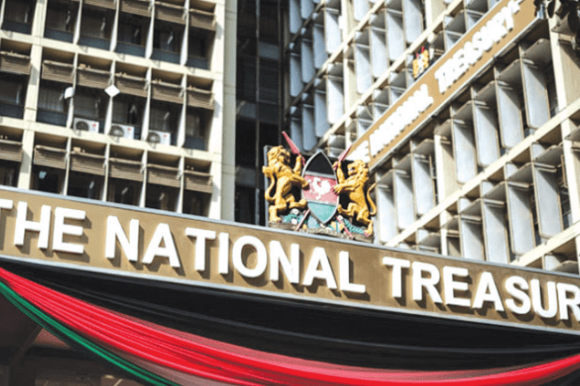Local lenders are capitalizing on the government’s limited financing options for the current financial year to push for higher returns in the local debt market. Financial analysts fear this could worsen the country’s debt position, currently at 70 percent of GDP (Sh10.4 trillion), as reported in last week’s Central Bank of Kenya bulletin.
A status update on the country’s fiscal plan by Trading Economics shows a steady rise in interest rates on both Treasury Bills and bonds despite increased under-subscription.
“Investors know that the government is desperate after President William Ruto was forced to abandon the Finance Bill, 2024, and due to negative ratings on the country’s sovereign borrowing. The under-subscription is a ploy to demand higher returns,” reads a report .
Economic analysts predict that rates might return to the highs seen earlier this year when the country struggled to mobilize funds to repay the inaugural Eurobond issued in 2014, amid a weak shilling.
Last week, the government sought to raise Sh10 billion from the 364-day bill but managed only Sh2.8 billion, translating to a 28 percent subscription rate. The 182-day papers had a 72.6 percent subscription rate, with the state receiving Sh7.2 billion from investors against a target of Sh10 billion.
Only the short-term 91-day bills performed well, with the Central Bank of Kenya (CBK) accepting bids worth Sh6.1 billion out of the Sh7.7 billion received, a 79 percent acceptance rate.
In the early month re-opened sale of the Sh20 billion bond, the government collected just Sh487.5 million, the lowest subscription in the past five years. “Kenya’s 10-year bond yield was 17.74 percent on Wednesday, July 24, according to over-the-counter interbank yield quotes for this government bond maturity. Historically, it reached an all-time high of 19.40 in April 2024,” Trading Economics reports.
Appearing on Citizen TV this week, Capital Markets analyst and CEO of EABX Group Terry Adembesa warned of investors’ push for higher rates, describing it as a normal demand and supply curve.



